Heat of adsorption is greater for chemisorption than physiorption. Why ?
Step-by-Step Solution:
1. Understanding Adsorption Types:
- Adsorption can be classified into two main types: physisorption and chemisorption.
- Physisorption involves weak van der Waals forces, while chemisorption involves the formation of strong chemical bonds.
2. Heat of Adsorption:
- The heat of adsorption refers to the energy released when a substance adheres to a surface.
- It is an important parameter that indicates the strength of the interaction between the adsorbate and the adsorbent.
3. Chemisorption:
- In chemisorption, the process involves the formation of chemical bonds (covalent or ionic) between the adsorbate and the adsorbent.
- The energy associated with the formation of these strong bonds is significantly higher than the energy associated with weak van der Waals forces.
4. Physisorption:
- In physisorption, the interactions are primarily due to van der Waals forces, which are much weaker compared to chemical bonds.
- As a result, the energy released during physisorption is lower than that in chemisorption.
5. Conclusion:
- Since chemisorption involves the formation of strong chemical bonds, the heat of adsorption is greater for chemisorption than for physisorption.
- Therefore, the key reason is that the forces of attraction in chemisorption are much stronger due to the formation of chemical bonds, leading to a higher heat of adsorption.
Final Statement:
The heat of adsorption is greater for chemisorption than physisorption because chemisorption involves the formation of strong chemical bonds, resulting in a higher release of energy compared to the weak van der Waals forces involved in physisorption.
---
- Adsorption can be classified into two main types: physisorption and chemisorption.
- Physisorption involves weak van der Waals forces, while chemisorption involves the formation of strong chemical bonds.
- The heat of adsorption refers to the energy released when a substance adheres to a surface.
- It is an important parameter that indicates the strength of the interaction between the adsorbate and the adsorbent.
- In chemisorption, the process involves the formation of chemical bonds (covalent or ionic) between the adsorbate and the adsorbent.
- The energy associated with the formation of these strong bonds is significantly higher than the energy associated with weak van der Waals forces.
- In physisorption, the interactions are primarily due to van der Waals forces, which are much weaker compared to chemical bonds.
- As a result, the energy released during physisorption is lower than that in chemisorption.
- Since chemisorption involves the formation of strong chemical bonds, the heat of adsorption is greater for chemisorption than for physisorption.
- Therefore, the key reason is that the forces of attraction in chemisorption are much stronger due to the formation of chemical bonds, leading to a higher heat of adsorption.
The heat of adsorption is greater for chemisorption than physisorption because chemisorption involves the formation of strong chemical bonds, resulting in a higher release of energy compared to the weak van der Waals forces involved in physisorption.
Topper's Solved these Questions
- BOOK - PRADEEPCHAPTER - SURFACE CHEMISTRY EXERCISE - SHORT ANSWER QUESTIONS (IV. MISCELANEOUS)19videos
SURFACE CHEMISTRY
- BOOK - PRADEEPCHAPTER - SURFACE CHEMISTRY EXERCISE - HIGHER ORDER THINKING SKILLS (HOTS QUESTIONS)7videos
SURFACE CHEMISTRY
- BOOK - PRADEEPCHAPTER - SURFACE CHEMISTRY EXERCISE - SHORT ANSWER QUESTIONS (II. CATALYSIS)9videos
SURFACE CHEMISTRY
- BOOK - PRADEEPCHAPTER - SOME BASIC CONCEPTS OF CHEMISTRYEXERCISE - Competition (FOCUS) JEE (Main and Advanced)/Medical Entrance SPECIAL (VIII. Assertion-Reason Type Questions)(Type II)13videos
SOME BASIC CONCEPTS OF CHEMISTRY
Similar Questions
Knowledge Check
- Question 1 - Select One
select correct absorption isobars for chemisoption and physisoption respectivly ,
(where xm = extent of adsorption , T = temperature )A B
B C
C D
D
- Question 2 - Select One
Select correct adsorption isobars for chemisorption and physisorption respectively :
(where xm= extent of adorption, T= temperature )A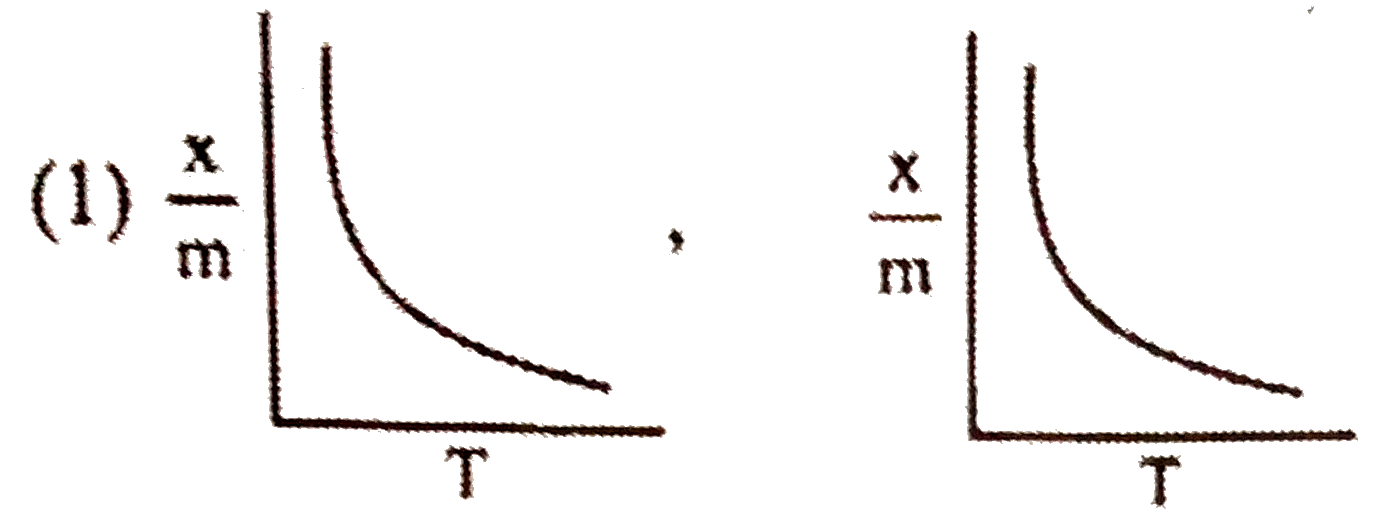 B
B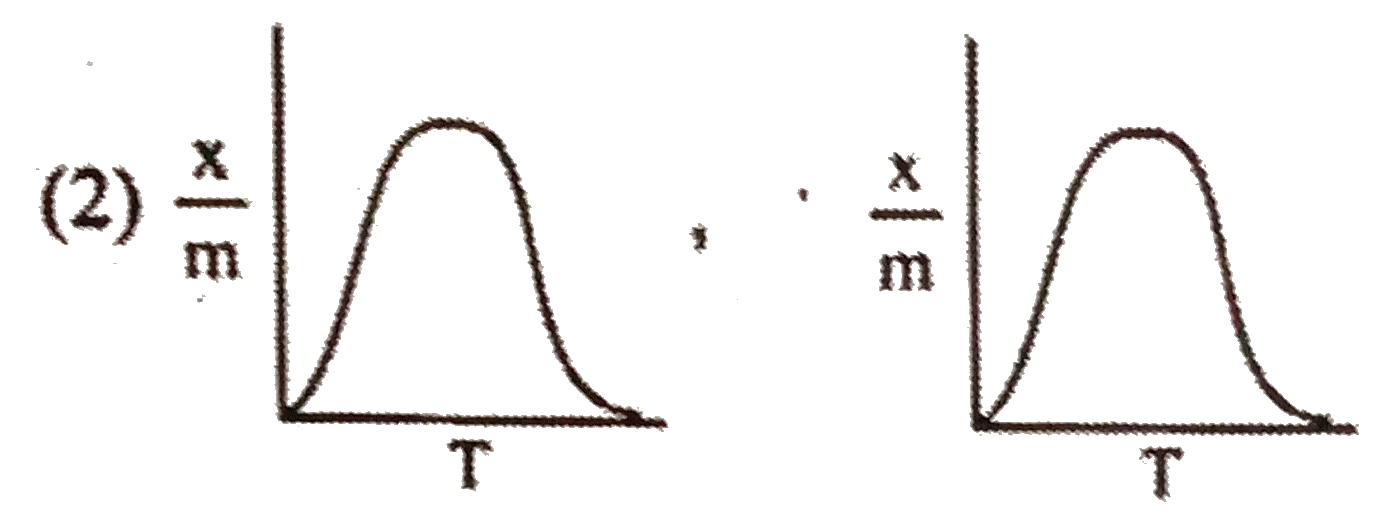 C
C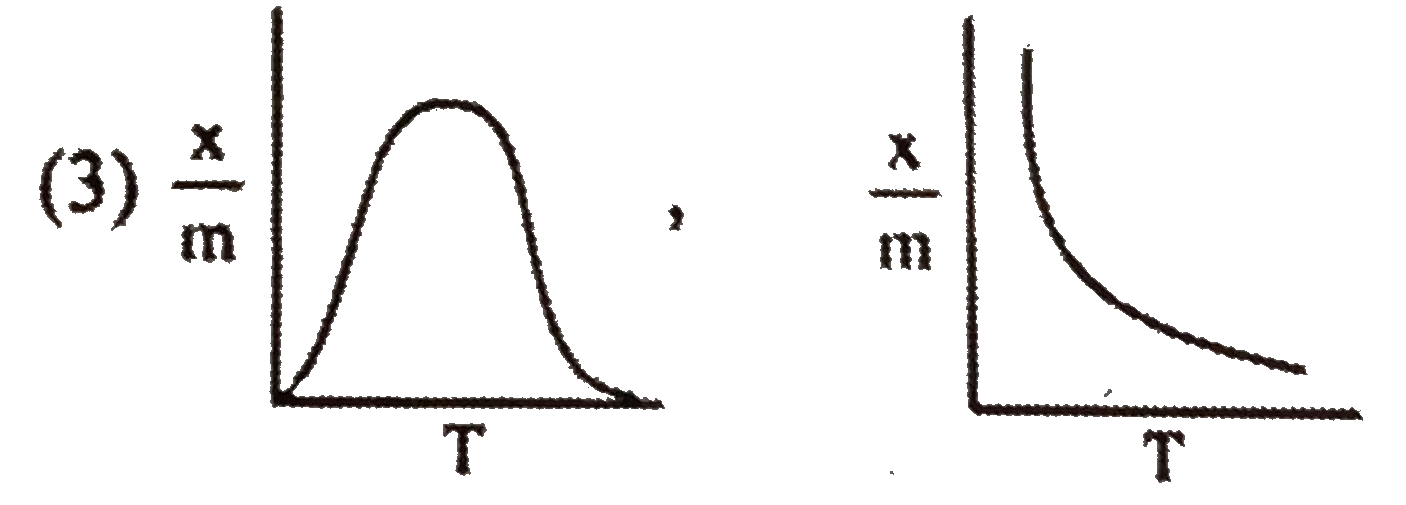 D
D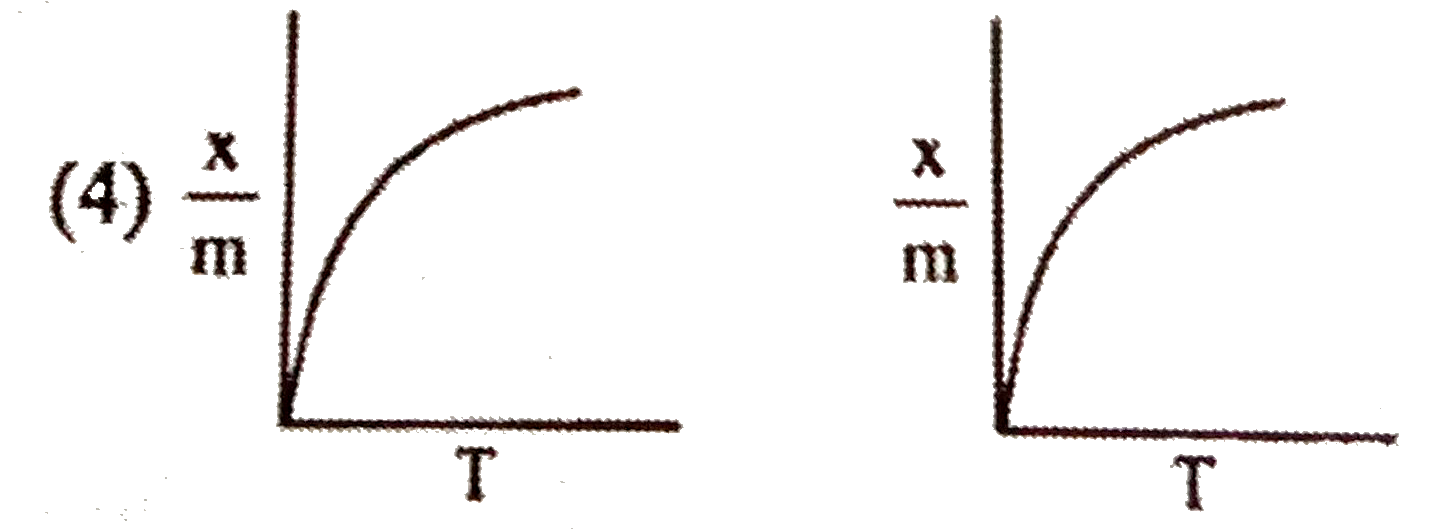
- Question 3 - Select One
Select correct adsorption isobars for chemisorption and physisrption respectively (where xm = extent of adsorption , T = temperature )
A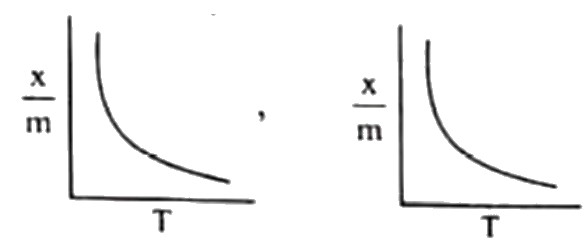 B
B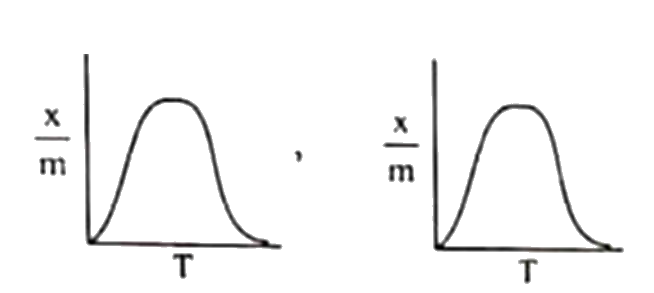 C
C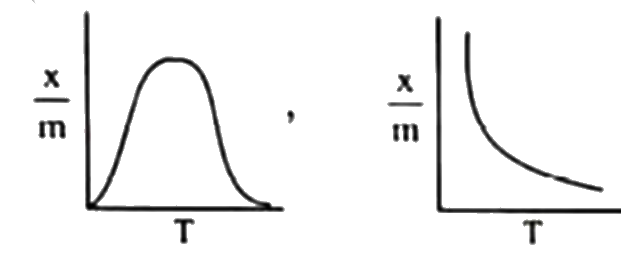 D
D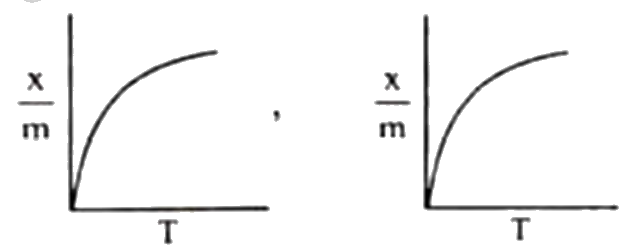
Physisorption is reversible while chemisorption is irreversible. Why?
View SolutionWhich is not adsorption isobar for chemisorption?
View SolutionWhich plot is the adsorption isobar for chemisorption?
View SolutionWhich plot is the adsorption isobar for chemisorption?
View SolutionWhich of the plots is adsorption isobar for chemisorption?
View Solution

